Games
MegaDrive Review: Herzog Zwei
Originally published on NFGGames in 2001, updated in 2008 for Insomnia and, I think, destined for the one-issue-and-dead GameGo magazine…
‘Herzog Zwei’ means “Dukes Two” in German, the title indicating not only that this is a two-player game, but that it’s also the sequel to Herzog, an even more obscure title for the Japanese MSX computer. The two games were similar in concept: fight an opponent for dominance of the map by building and deploying various fighting units. MSX Herzog, however, was much simpler. The playfield scrolled only vertically, and you could not pick up and place units; you just selected them and dropped them at the top (or bottom) of the screen, at which point they’d start moving to the opposite end, attacking whatever they encountered. The differences between the two titles are so massive, so many improvements had been made, that the game became totally different, yet you can still see the evolution. You can almost feel the thought process Tecno Soft went through to get there, and yet Zwei still deserves the title “first ever RTS”. Herzog wasn’t close enough to the idea to take that title away from its sequel.
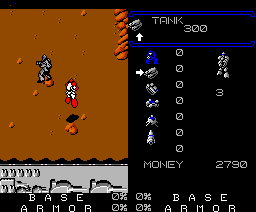
The first Herzog
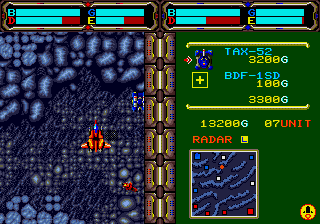
Herzog Zwei
Herzog Zwei was an exceptional game, a true classic on a system which didn’t have as many classics as it should have had. Most people only know it from a single boring picture from an EGM magazine many years ago. Remember that this game was pre-Sonic, so it suffered from a low production run since very few players had yet to buy the system. It also received little advertising support and, sadly, being the first of its genre, it proved hard for players to wrap their heads around its whole concept. It wasn’t at all like the Koei strategy games they knew and it was too cerebral to be called a shoot ’em up, so few people took the risk. Those who did were more than amply rewarded.
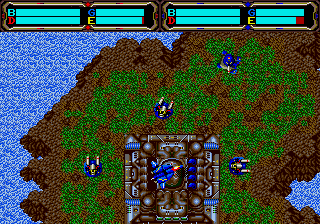
The game is very simple compared to modern real-time strategy fare: the object was to shoot the other player’s base until it exploded. Sounds simple, right? Well there was more to it of course, but it was no Red Alert, and it was no StarCraft. There were only eight kinds of units to produce with no flying ones at all, but there were different programs to assign them, which made for a surprising amount of variety. The game not only kickstarted the RTS genre, it introduced concepts never repeated. As a player you weren’t simply pointing and clicking, you were actually on the battlefield. As a transformable flying and walking robot, you could pick up units and place them where they would do the most good, or drop down and shoot a few baddies yourself. You couldn’t attack the enemy’s bases yourself, however, which meant you had to get your units close enough to fight for you. The game was phenomenally well balanced: you couldn’t fly all the way across the map while carrying something, and your units didn’t have enough fuel to make it on their own. This forced you to take smaller steps, clearing and seizing the smaller bases en route to the enemy’s HQ.
There were six programs available, and not all units could use all programs. Selecting one was as simple as picking the right icon — nothing complicated. The programs available were varied and useful; a program could have a tank simply sit still and fire at anything close by, or have it approach the nearest enemy base, or attack the other player’s home base. Different programs had different costs, and you had to balance the programming cost against the price of the unit and the money you had available. Making a stack of small tanks that didn’t move was cheap, but the same stack programmed to attack the enemy’s base would cost twice as much.
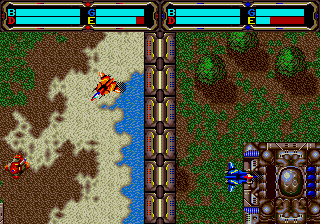
Each unit took time to produce — the bigger the unit, the longer it took. Making a large tank or turret could take more time than you could spare. You could create a unit from anywhere on the map, and pick it up from any of your bases simply by flying over it. Each player was allowed a maximum of fifty units, but the slow speed of the Mega Drive meant that in reality you’d be suffering slowdown and chop after reaching a combined total of seventy to eighty units.
Capturing bases was easy: if you created four infantry units with an infiltrate program and managed to sneak them inside an empty or enemy-held base, it would become yours. Each smaller base you captured increased the amount of money you made, but caused you to spread your forces out a little thinner.
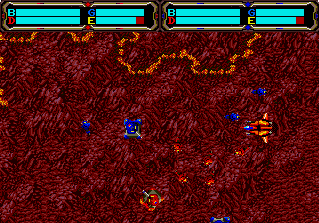
The music was phenomenal, as we came to expect from later Tecno Soft releases. Some of my all-time favourite videogame music tracks are from Herzog Zwei, easily equaling those of the Thunder Force series. The graphics were on par with most Tecno Soft titles, if a little light on the effects. A flat scrolling background covered in sprites was as fancy as it got here, no parallax or pulsing backgrounds to distract you.
The flaws in the computer AI meant that you either played against a friend or simply counted the minutes until your victory — inevitably, it would come if you knew the pattern. When I first imported this game, the learning curve was very steep. The full-Japanese manual was nigh incomprehensible, and I spent the better part of a week working out exactly what the hell was going on. Once I got past that, I was digging into all eight maps and four difficulty levels and loving every minute of it. I recommend spending some time to teach your friends though, since, as I mentioned, the computer won’t keep you puzzled for long.
To this day, Herzog Zwei remains one of my favourite games. Go find yourselves a copy and play some. This is Mega Drive gaming at its finest.
--NFG
[ Jan 23 2013 ]
| Next Post | Navigation | Previous Post |
|---|
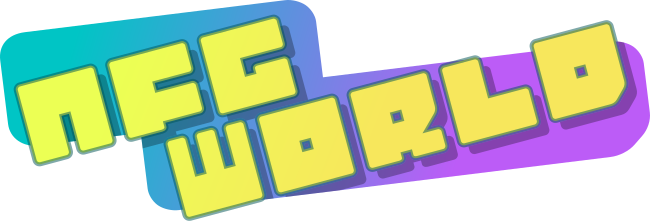


Name:
Email:
Website: